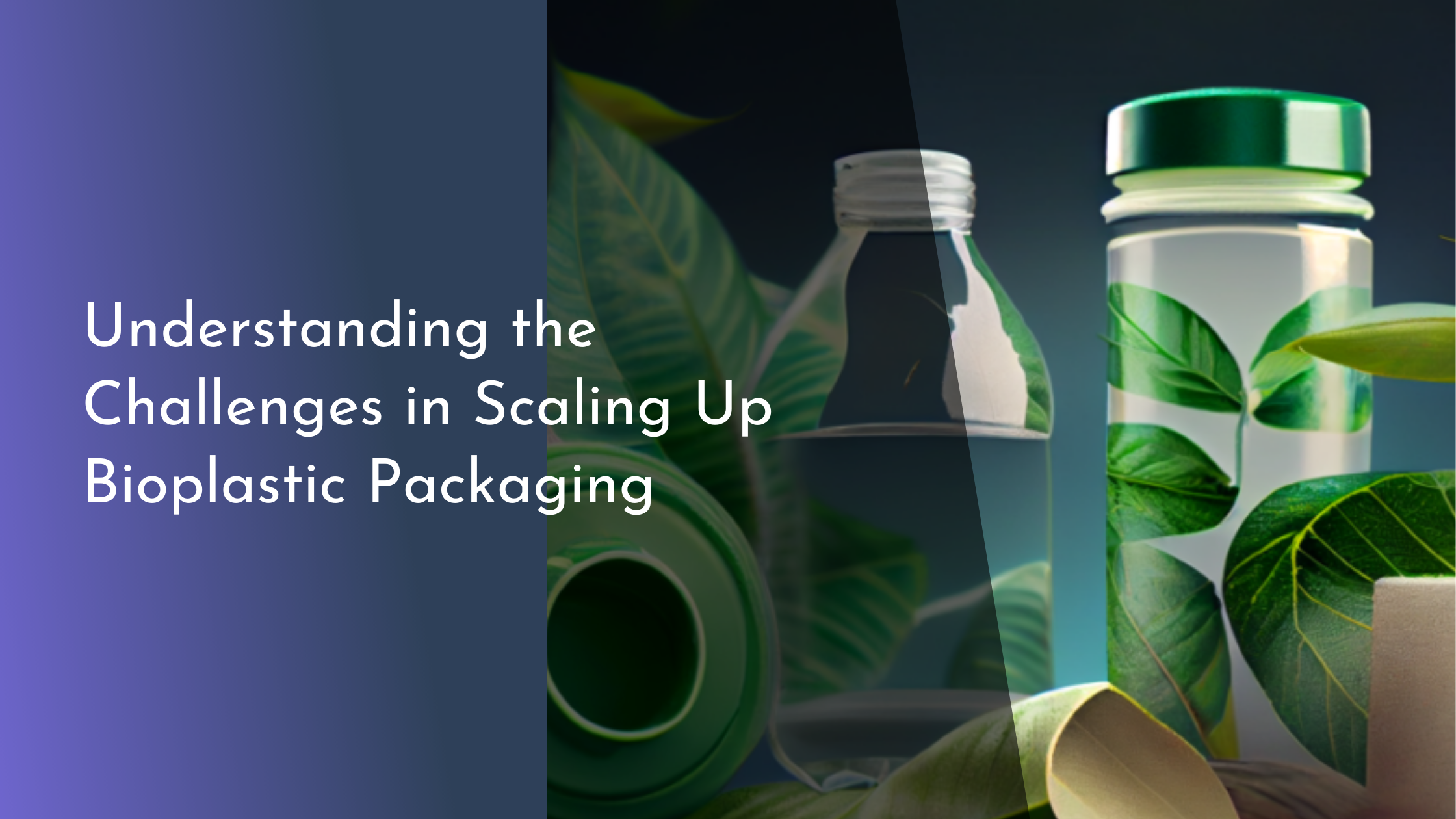Understanding the Challenges in Scaling Up Bioplastic Packaging
In a world increasingly conscious of environmental sustainability, bioplastic packaging has emerged as a promising alternative to conventional plastics. With their biodegradable properties and reduced carbon footprint, bioplastics offer a sustainable solution to the growing problem of plastic waste. However, despite their potential, scaling up bioplastic packaging production poses several unique challenges. This article explores the current landscape of bioplastic packaging, the obstacles to scaling production, innovative solutions being developed, and the future prospects for this burgeoning industry.
The Current Bioplastic Packaging Landscape
Bioplastics are derived from renewable sources such as corn starch, sugarcane, and cellulose, offering a more sustainable alternative to petroleum-based plastics. Currently, the bioplastic packaging industry is growing rapidly, driven by increasing consumer demand for eco-friendly products and government regulations promoting sustainable practices. Major companies and startups alike are investing in research and development to enhance the properties and applications of bioplastics, making them more competitive with traditional plastics.
Despite their advantages, bioplastics still represent a small fraction of the overall plastics market. This is due to several factors, including higher production costs, limited raw material availability, and challenges in achieving the same mechanical properties as traditional plastics. Nevertheless, advancements in technology and increased awareness of environmental issues are fostering greater interest and investment in bioplastics, setting the stage for significant growth in the coming years.
Key Challenges in Scaling Production
One of the primary challenges in scaling up bioplastic packaging production is the cost. Currently, bioplastics are more expensive to produce than their petroleum-based counterparts due to the price of raw materials and the complexity of the manufacturing process. This cost differential makes bioplastics less attractive to many businesses, especially those operating in highly competitive markets where cost efficiency is crucial.
Another significant challenge is the limited availability of raw materials. Bioplastics rely on agricultural products like corn and sugarcane, which are also used for food production. This competition for resources can lead to supply shortages and price volatility, hindering the scalable production of bioplastics. Moreover, there are environmental considerations regarding the land, water, and energy use involved in growing these crops, raising questions about the overall sustainability of bioplastics.
Innovative Solutions and Approaches
To address the cost challenges, researchers and companies are exploring innovative ways to reduce production expenses. This includes developing new manufacturing processes that are more efficient and using alternative feedstocks—such as waste materials or algae—that are cheaper and more sustainable. Additionally, economies of scale achieved through increased production volumes may eventually help lower costs, making bioplastics more competitive.
In response to the raw material availability challenge, efforts are underway to diversify the sources of bioplastics. By expanding the range of feedstocks beyond traditional crops, companies can alleviate pressure on agricultural resources and enhance supply chain stability. Innovations in genetic engineering and biotechnology also offer promising avenues for creating novel bioplastic materials with improved properties and reduced environmental impact.
Future Prospects and Opportunities
The future of bioplastic packaging is bright, with significant opportunities for growth and innovation. As technology continues to advance, the cost and performance gap between bioplastics and traditional plastics is expected to narrow, making bioplastics a more viable option for a wider range of applications. Furthermore, growing consumer awareness and increasing regulatory pressures will likely drive demand for sustainable packaging solutions, encouraging further investment in the sector.
Collaboration across industries and between public and private sectors can accelerate the transition to bioplastic packaging. By fostering partnerships and sharing knowledge, stakeholders can overcome the challenges of scaling production and develop more sustainable and efficient systems. As these efforts gain momentum, the potential for bioplastics to contribute significantly to a more sustainable future becomes increasingly attainable.
The journey to scale up bioplastic packaging is fraught with challenges, but it also presents exciting opportunities for innovation and sustainable growth. By addressing the key obstacles and leveraging technological advancements, the bioplastic industry can pave the way for a greener future. With continued collaboration and commitment to sustainability, bioplastics hold the promise of transforming the way we package and consume goods, reducing our environmental footprint and creating a more sustainable planet for future generations.

